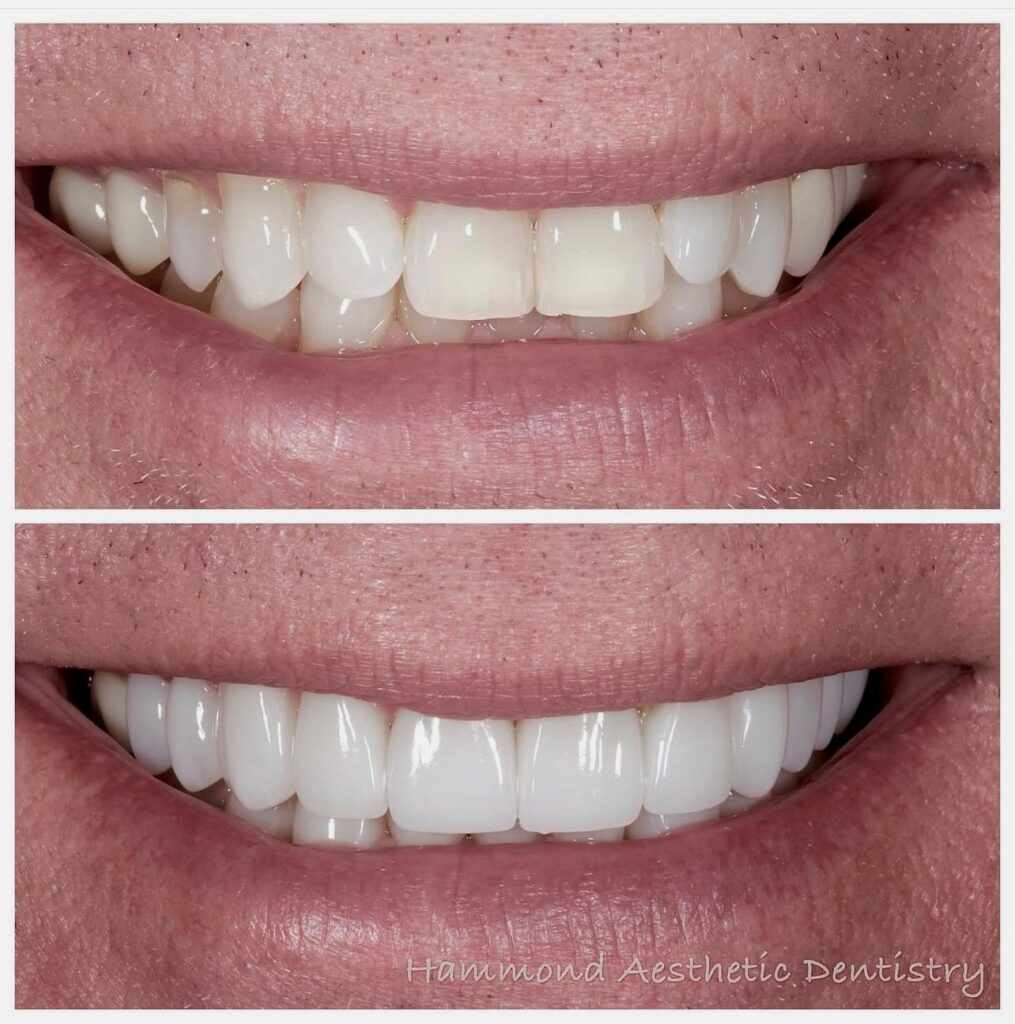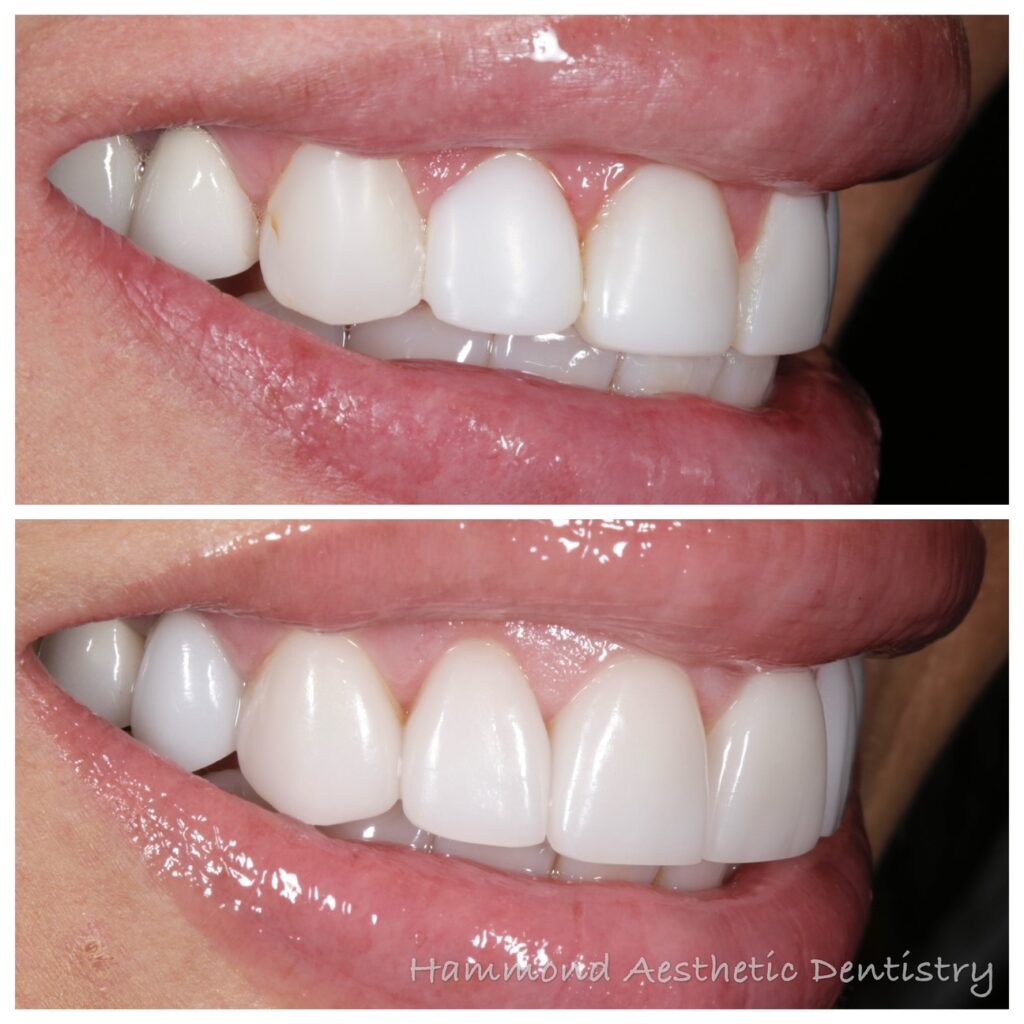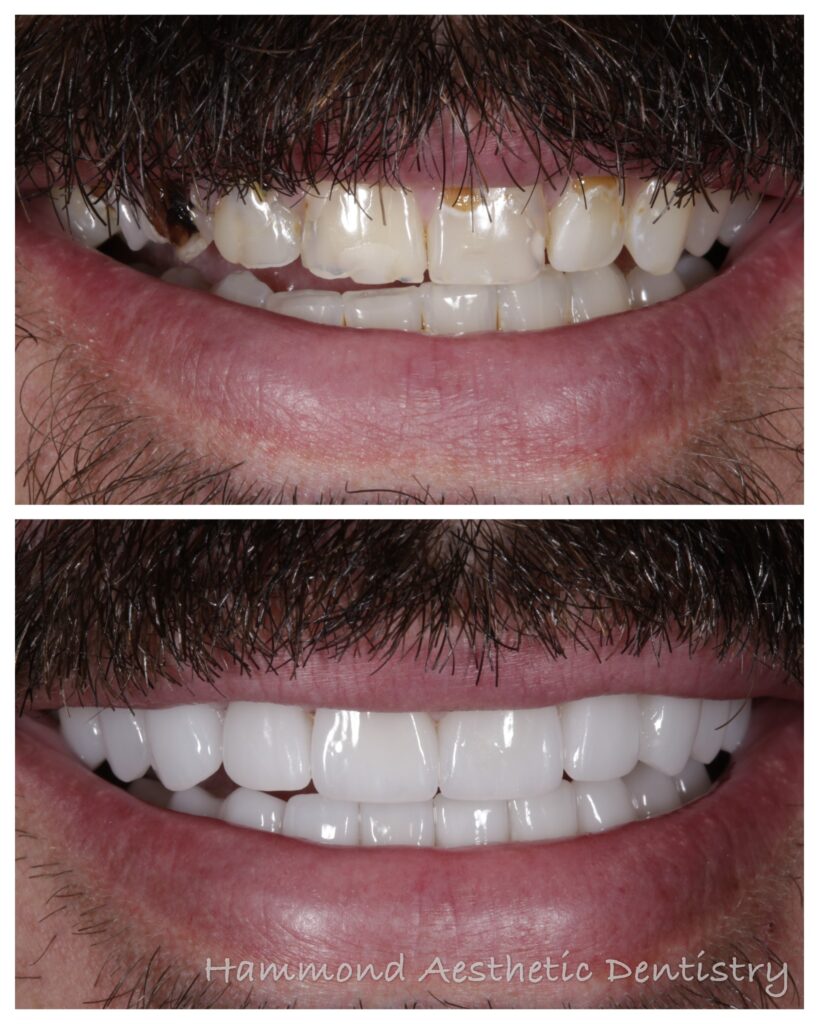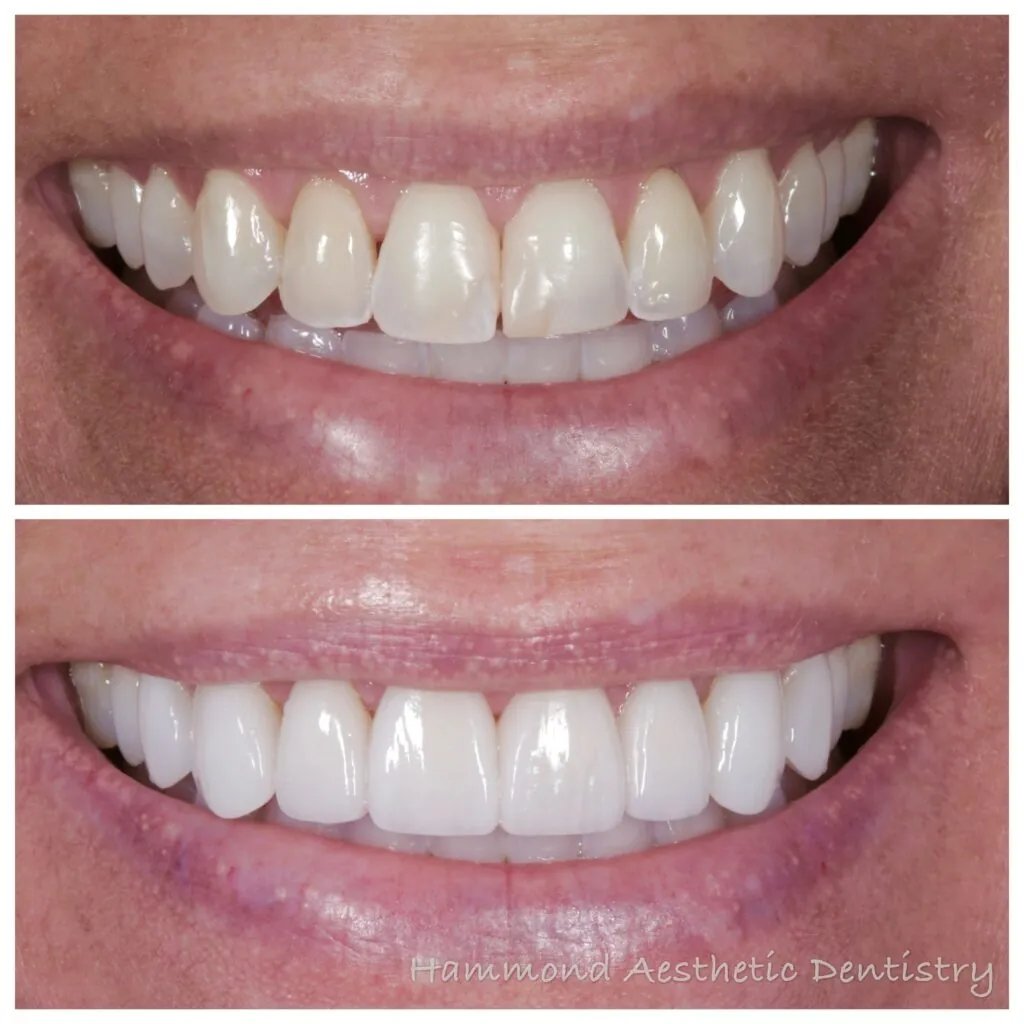High Number of Female Smokers Indicates Some May Use Smoking as a Diet Suppressant
More women and young girls are smoking now, possibly due to the desire to try to control their weight. Few female smokers realize, however, that this addictive habit and the problems affiliated with it can be far worse for females than their male counterparts, say dental experts meeting at the Academy of General Dentistry’s 45th annual meeting. Early studies on the adverse effects of tobacco smoking focused primarily on males.
Some women use smoking as a status symbol, a sense of power. Some women use smoking as a form of stress relief, as they think it has a calming influence. Some also say that it gives them the “I am important” self-assurance they are looking for. Some may use it to try to control weight gain as well.
According to the Centers for Disease Control (CDC), non-Hispanic white youth are more concerned than non-Hispanic black youth about potential weight-controlling effects of cigarette smoking. This could possibly be the cause for the continued rise of non-Hispanic white female teen smokers.
Many female adult smokers will find it more difficult to quit their habit due to long-term addiction and fear of weight gain. This puts them at a higher risk of developing long term health problems. These health risks, however, start declining immediately after the last cigarette is smoked.
Ninety percent of all adult smokers begin smoking before age 18, but female smokers are starting their habit at an earlier age. “The average age for a young girl to start smoking now is 14,” says Robert Mecklenburg, DDS, MPH, dental coordinator, Smoking and Tobacco Control Program of the National Cancer Institute. “This could explain why lung cancer is currently the leading cause of cancer for women, exceeding breast cancer.”
According to the “Monitoring the Future Study” from The University of Michigan, approximately 33 percent of female twelfth graders said they had smoked a cigarette within 30 days prior to the study. Statistics show that people tend to carry the smoking habits developed during their teens to adulthood.
Dentists are patients’ first line of defense against the adverse effects of tobacco use and nicotine addiction stemming from cigars, cigarettes and smokeless tobacco. Dentists routinely screen for oral cancer and can help patients with tobacco cessation programs. Since nicotine is highly addictive, cessation help should be offered to patients who use tobacco at every clinic visit.
Some facts on smoking:
- Everyday, 3,000 kids take up smoking. One-third will die of tobacco-related illness.
- 90 percent of all adult smokers started smoking before age 18.
- 75 percent of daily youth smokers think they won’t be smoking in five years, but still are.
- 120,000 lung cancer deaths each year in the U.S. are attributed to tobacco.
- Tobacco-related deaths are more than twice the combined toll of deaths from alcohol, auto accidents, AIDS, suicide, homicides, hard drugs and fires.
The Academy of General Dentistry supports the U.S. Food and Drug Administration in its efforts to regulate tobacco products and restrict children’s access to tobacco products.





